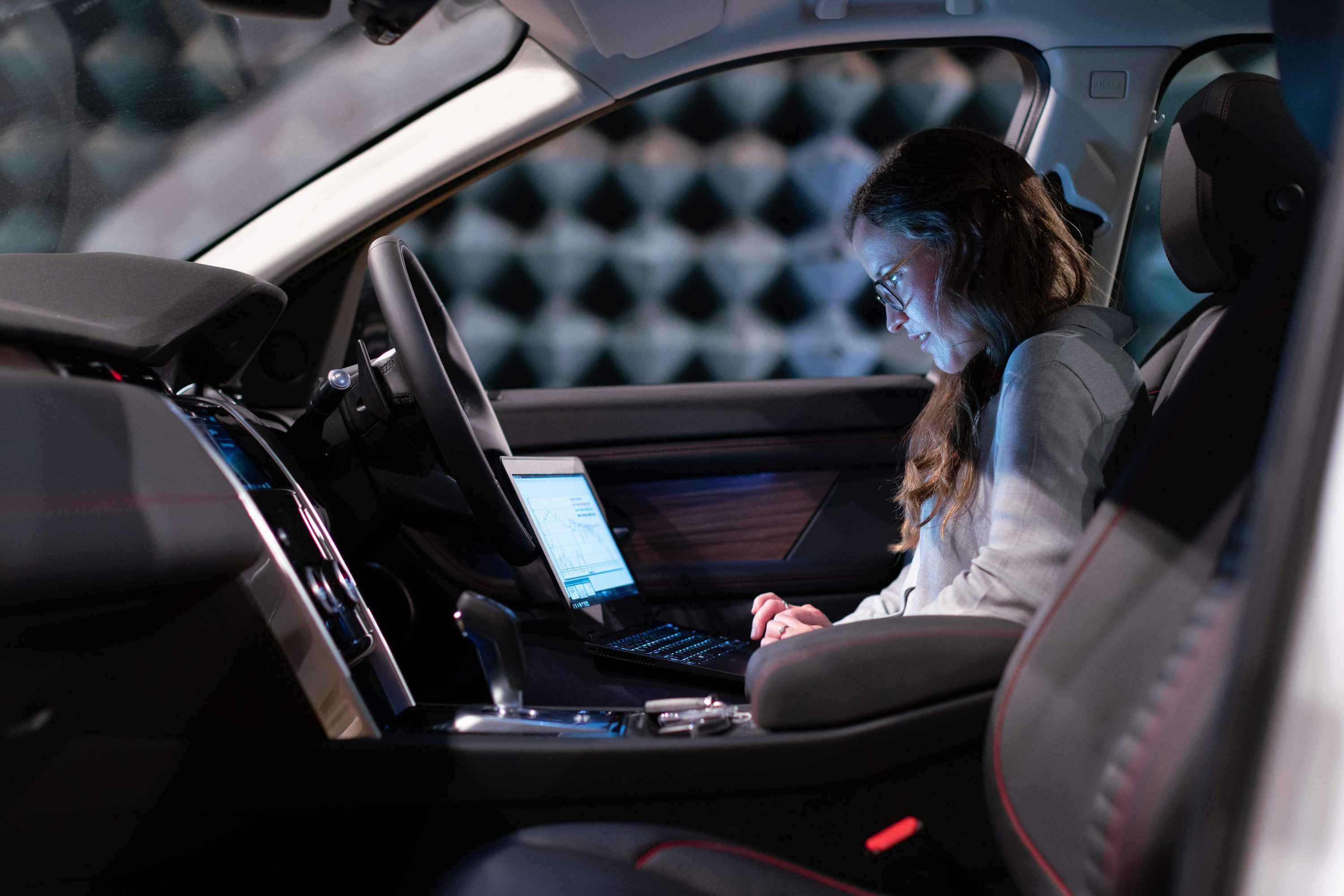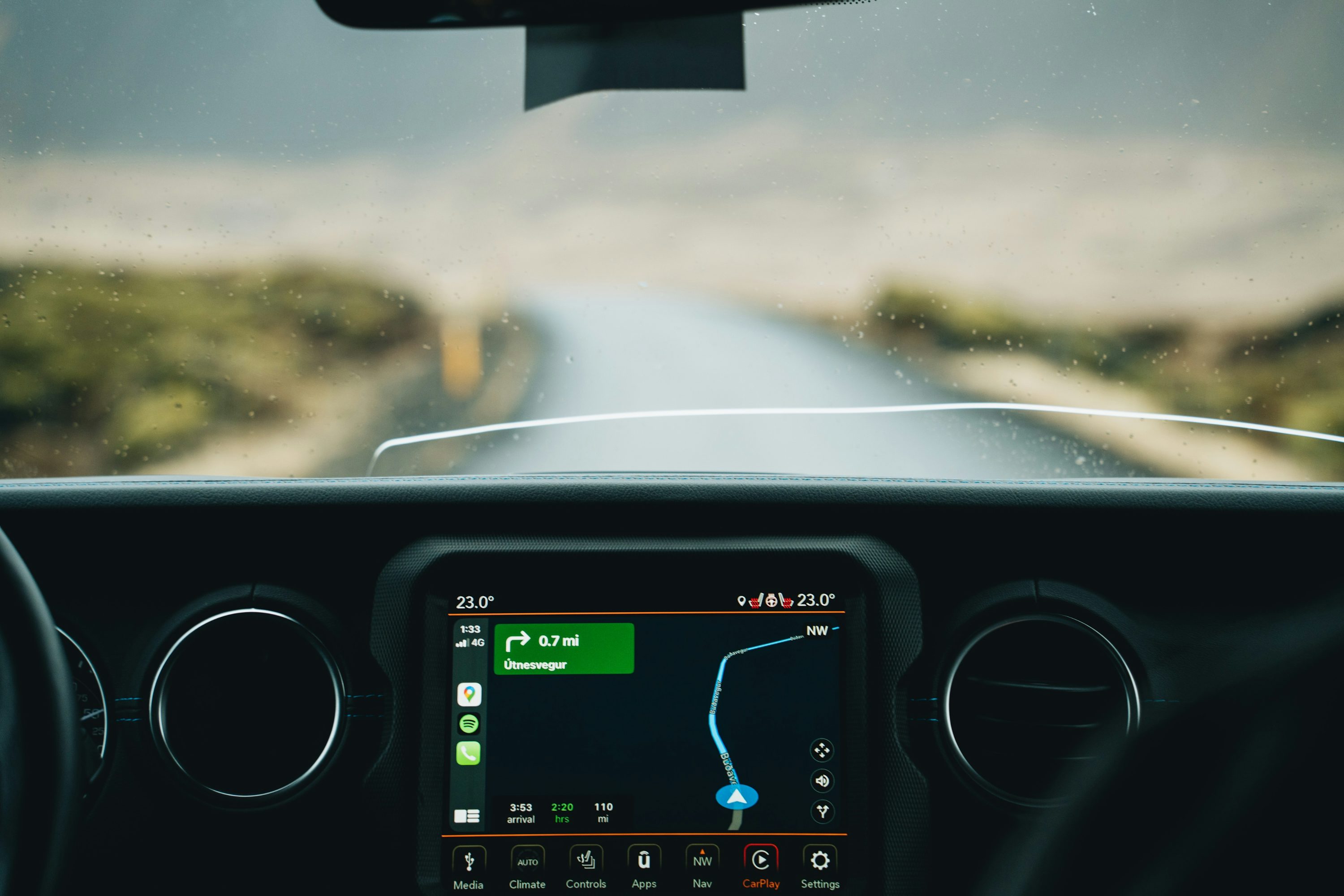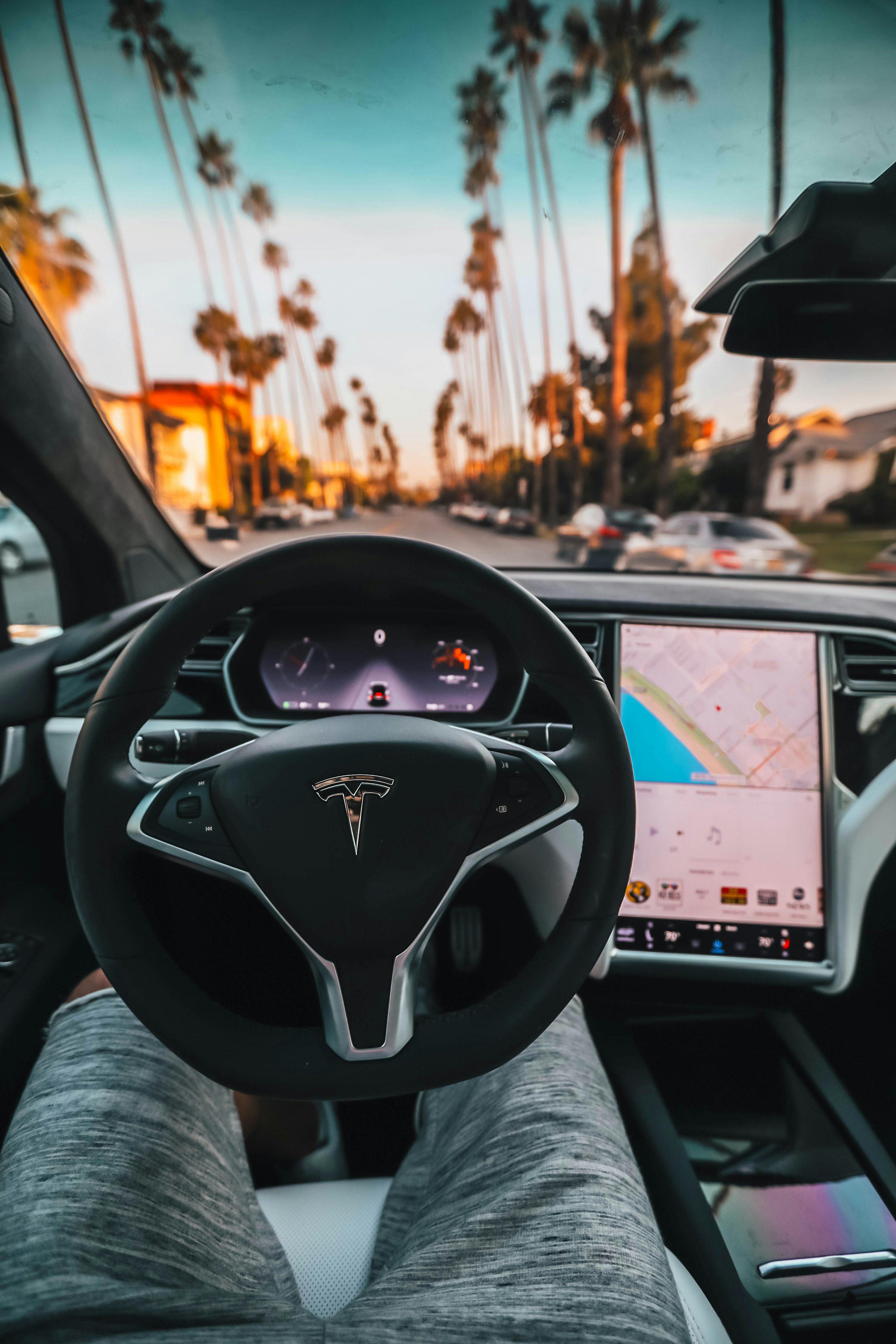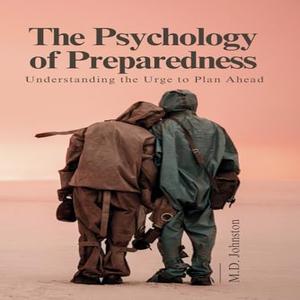The wave of autonomous driving technology is sweeping the global automobile industry, and the ripple of this change has quietly penetrated into the automobile insurance market, causing far-reaching and complex changes. As self-driving cars move from the laboratory to the mass market, the rules of the traditional automobile insurance industry are being rewritten, and the core links such as risk assessment, product design and responsibility definition are facing unprecedented challenges and opportunities.

The maturity of autonomous driving technology directly changes the probability and nature of accidents. In the traditional driving scene, human factors are the main cause of accidents, and drivers' mistakes, fatigue, distraction and other behaviors lead to a large number of accidents. However, after the autopilot system takes over the vehicle, the accident rate is expected to drop significantly. According to data from the US Department of Transportation, more than 90% of traffic accidents are caused by human error, and the popularity of autonomous driving technology is expected to greatly reduce this proportion. For the insurance industry, this means that the payment frequency of traditional auto insurance will be reduced and the risk pool structure will be fundamentally changed. Insurance companies need to re-evaluate the risk model and build an accurate pricing system based on new variables such as automatic driving level, technical reliability and driving data.
The change of accident types also forces the innovation of insurance products. In the automatic driving mode, the forms and causes of collision accidents are more complicated, involving new risks such as sensor failure, algorithm defects and network attacks. Auto insurance products must evolve from traditional collision insurance and third party liability insurance to diversified comprehensive insurance including network security insurance, software update guarantee and data privacy protection. For example, when a self-driving vehicle is hacked and causes an accident, the insurance company needs to clarify the coverage and exemption clauses; For frequent system updates, how to define the responsibility for failures caused by updates has also become a new problem in claims settlement.

The fuzziness of liability identification is the core challenge of insurance claims in the era of automatic driving. In the traditional driving, the driver is the clear responsibility subject, but in the automatic driving mode, manufacturers, software developers, hardware suppliers, map service providers and other parties may share the fault responsibility. The European Union's "Artificial Intelligence Act" has begun to try to build a responsibility framework for autonomous driving accidents, requiring manufacturers to take strict responsibility for the damage caused by system defects, and at the same time giving victims the right to recover from many parties. In the process of claim settlement, insurance companies need to be deeply involved in accident investigation and use multi-source information such as black box data, sensor records and cloud logs to restore the truth of the accident, which not only increases the cost of claim settlement, but also puts forward higher requirements for the technical ability of insurance companies.

The integration of self-driving cars and insurance industry has just begun, and the end of this change has not yet appeared. But what is certain is that insurance institutions must actively embrace the wave of change in the era of autonomous driving with forward-looking vision, agile innovation ability and cross-industry cooperation spirit, and redefine their own value proposition at the intersection of risks and opportunities. In the future, the insurance industry will not only be the guarantor of the development of autonomous driving technology, but also become the key pillar of the stable operation of the intelligent transportation system, providing more accurate, efficient and comprehensive risk protection services for car owners around the world.





